Blog
Maintenance
PreviousTires are a huge expense for any vehicle and proper maintenance ensures you’re always driving on the safest set. Check out our comprehensive tire maintenance guide. It'll help you get the best life out of your tires, and the best bang for your auto buck.
Research Categories
Get free, simple, and expert-backed tips on everything you need to know about buying your next vehicle (or making your current one last longer).
Sign Me Up!
Maintenance | Jan 11, 2023
What is a block heater and how does it work exactly? How many amps does a block heater draw and much does one cost? When is the right time to use it, particular.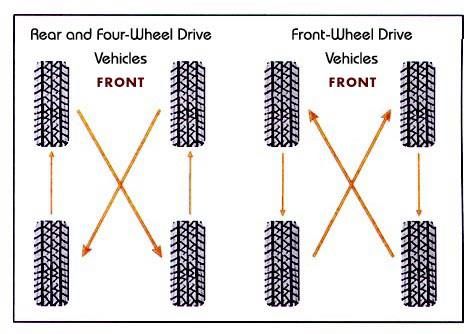 ..
..
Maintenance | Jan 9, 2023
What exactly are all-weather tires and how do they differ from all-season tires? How do they perform in the winter during the cold months, and can they be used...
Read this StoryMaintenance | Jan 4, 2023
Your car is one of the biggest investments you’ll ever make—and taking steps to protect it from the ravages of the winter travel season in Canada is a smart way.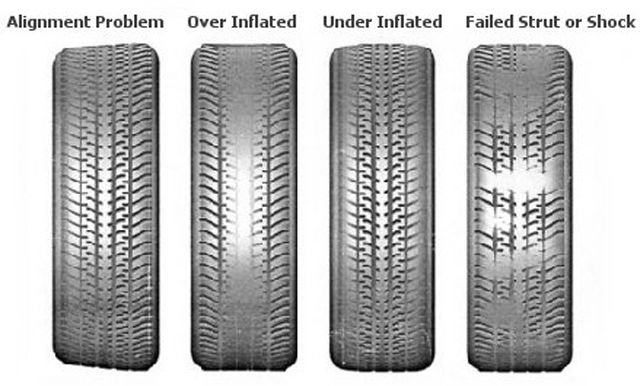 ..
..
Maintenance | Nov 15, 2022
Batteries live a sad and lonely life, and they can suddenly die for a variety of reasons. When your battery dies, you can figure those reasons out later with th...
Read this StoryMaintenance | Nov 8, 2022
Warning lights in the instrument cluster provide information on potential vehicle issues and safety concerns.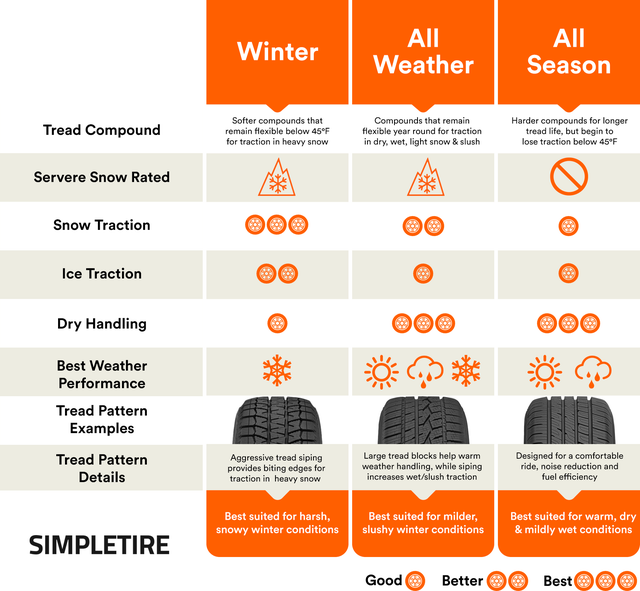 We have a list of many of them and what they mean....
We have a list of many of them and what they mean....
Maintenance | Nov 4, 2022
There may be several lights in your car’s instrument cluster, but the one that always seems to stand out is the one you don’t want to see: the check engine ligh...
Read this StoryTires are one of the most critical safety items on your vehicle. They endure thousands upon thousands of high-speed revolutions as you cruise from place to place and ensure you have optimal grip when cornering and stopping. Without good tires, even a little water on the roads can cause you to slip.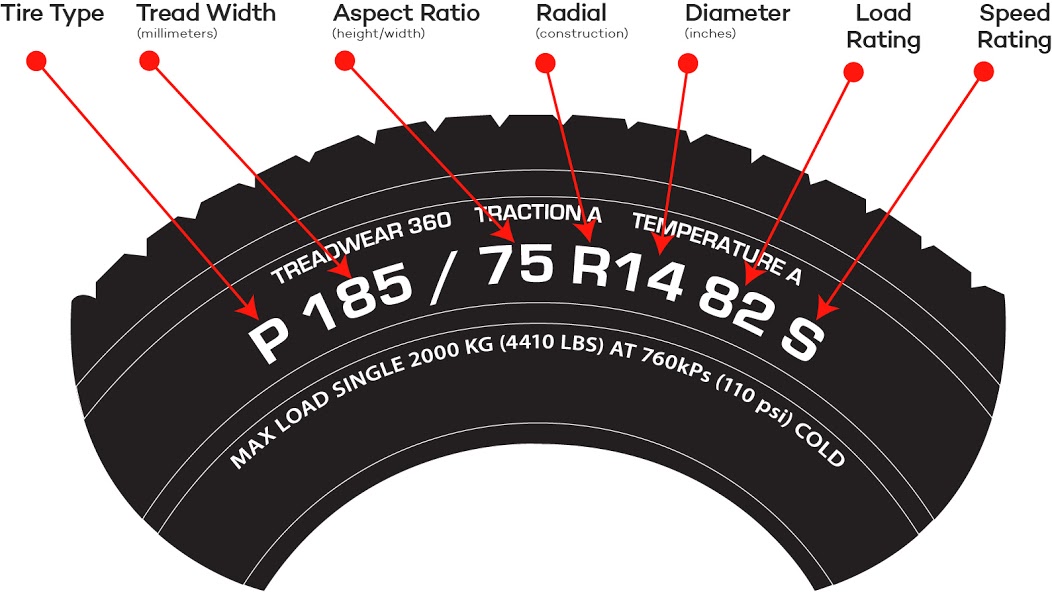
This is why tire tread depth and other tire maintenance are so critical. Tire tread depth, which is the deepness of the grooves in the tread pattern, impacts its ability to grip in snow and channel water away from the tread to enhance grip. The shallower the tread grooves are, the less efficient it is at gripping in snowy and wet conditions.
Below, we outline how to measure tire tread depth and other valuable tire tips to ensure your tires remain in top shape as long as possible.
Understanding the Sections of Tire TreadBefore you can correctly learn how to measure tire tread, you must first know the main sections of the tread. Your tire's tread has three main sections: the outer shoulder, contact patch, and inner shoulder. Deep grooves — called channels or tread grooves — span the tire's circumference and separate the tread.
The outer shoulder is the tire's outermost section and is outside the last channel. On the opposite edge of the outer shoulder is the inner shoulder.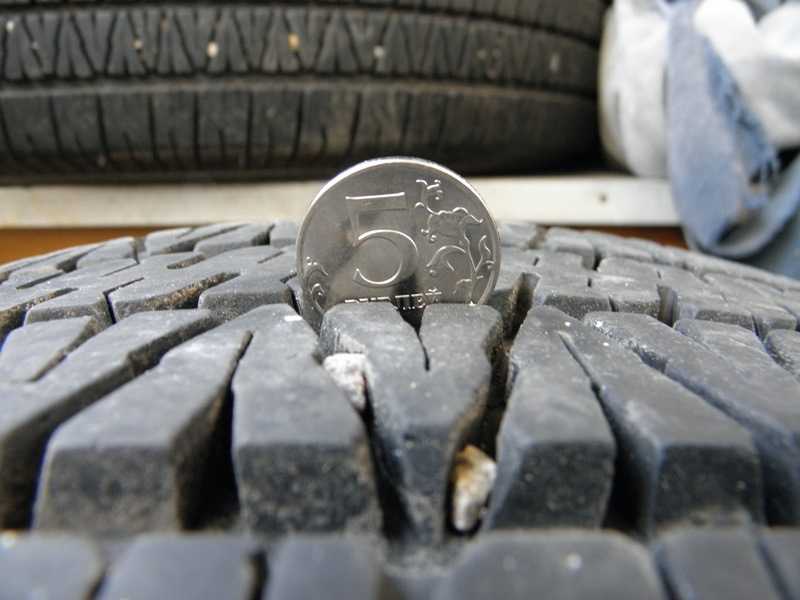
The contact patch is the area between the two shoulders and is the tire's main contact point with the road. This is where the tread blocks are thickest and where you measure the tire tread depth.
How to Measure Tire TreadDetermining a tire’s tread depth involves measuring from the deepest point in the channel to the top of the tread on the contact patch.
This depth is important because the channels guide water and slush away from the contact patch to maximize traction. If the tire tread depth is too low, the channels will be too shallow to move water and slush effectively, reducing traction and increasing the risk of hydroplaning on wet roads.
There are three relatively simple ways to measure tread depth, but some are more precise than others.
Use the Built-In Tread Wear IndicatorsLooking closely at the tire's channels, you'll notice small, raised rubber bars going across them in some areas. These are tread wear indicator bars.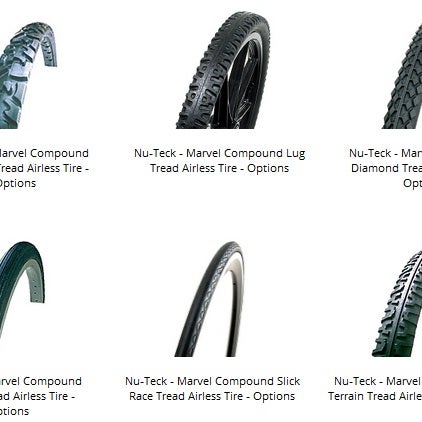 If the tire tread wears to the point that it's even with the wear bars, your tires need replacing.
If the tire tread wears to the point that it's even with the wear bars, your tires need replacing.
The nickel or quarter test is a simple way to check tread depth. Hold a quarter or nickel between your thumb and forefinger and place the coin inside the channel, with the top of the figurehead’s head facing the tire. If any portion of the tread covers the figurehead, your tire tread depth is OK. If the full figurehead is exposed, it's time for new tires.
Always check your tires in several places as they don't always wear evenly and could be low in some areas.
Use a Tire Tread Depth GaugeA tire tread depth gauge is the most official and accurate way to check tire tread. The tread depth gauge will have a blade side similar to a flat-head screwdriver and a gauge side with either a manual gauge with measurement marks or a digital readout. You can pick one up at any auto parts store for about $5 (manual) or $15 (digital).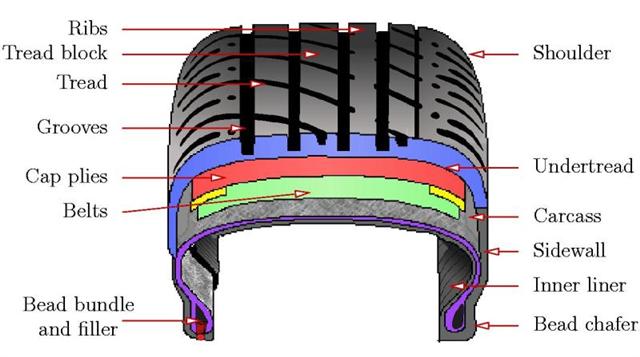
Fully extend the blade side and place the blade into a tire groove between two tread blocks on the contact patch. Slide the gauge toward the tread until the gauge's flanges rest on the tread blocks on the contact patch. Read the measurement on the gauge.
Repeat the measurement on several parts of the contact patch to ensure there are no low spots.
Using a gauge will give you the most accurate results and allows you to compare your tire's tread depth to the requirements in your province. If you’re getting close to the minimum tire tread depth for your province, it’s time to consider replacing tires.
Tread Depth RequirementsCanadian law requires a minimum 1.6 mm tread depth, but some provinces have even stricter requirements. The province-specific tread depth rules are as follows:
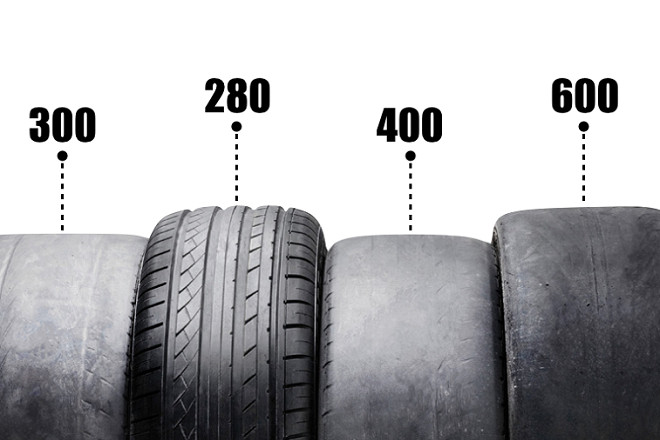 5 mm of tread depth, but all-season tires and summer tires follow federal tire laws
5 mm of tread depth, but all-season tires and summer tires follow federal tire lawsWhile the legal minimums are great, tire experts often note they aren't always the safest recommendations.
Large portions of Canada set the legal minimum tread depth at 1.6 mm. Tire Rack experts tested this minimum against 3.175 mm of tread. They found a vehicle with tires with 1.6 mm of tread required an extra 30.5 metres to stop from 112 km/h than the vehicle equipped with tires with 3.175 mm of tread.
For this reason, Tire Rack and many other automotive experts recommend new tires when your existing tires reach 3.175 mm of tread. Additionally, they recommend swapping out those snow tires at 3.96 mm.
To put this all in perspective, the average new tires have 7.94 to 8.73 mm of tread.
How to Find the Best-Wearing Tire for Your BudgetMany variables come into play when shopping for a tire, but much of the research is complete if you know what to look for.
Some shoppers follow the lead of the tire salesperson or service center mechanic who generally wants to sell the most expensive set of tires they can. Without fully understanding how tires work, assuming the priciest tire will last the longest and is best for safe driving is easy. But this is only sometimes the case.
But this is only sometimes the case.
A lot more goes into tire pricing than longevity. Special compounds also make the tire quieter, puncture resistant, or more stable in corners and braking, but this doesn’t always translate to longevity.
If your main interest is a long-lasting tire, avoid falling for a tire salesperson directing you to the higher-priced tires. Instead, focus on the Uniform Tire Quality Grade (UTQG) stamped on the sidewall. The UTQG will be a three-digit code followed by two letters.
The three digits are the treadwear rating, and the two letters are the traction and temperature rating. The higher the three-digit number, the longer the manufacturer expects the tire tread to last.
There are no exact numbers the three-digit code translates to, but understanding its meaning is simple. When determining a treadwear rating, the base control tire has a 100 rating. The tire manufacturer estimates a 200 treadwear tire will last twice as long as that control tire, a 400 will last four times as long, and so on.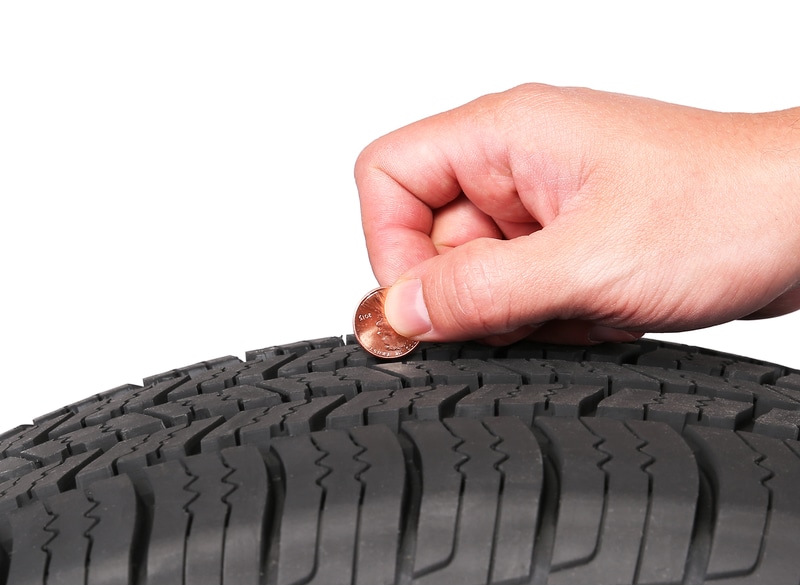
So, a premium $150 tire may have only a 300 treadwear rating but many other attractive features that increase the price. However, there could also be a $70 tire next to it with fewer features but a 700 treadwear rating. If your focus is longevity, it's clear which is the right tire for you — although that $150 tire likely has benefits the $70 doesn’t.
Manufacturers estimate the treadwear rating by driving 11,520 km on a 640-km track. They stop every 1,280 km to check the remaining tread. They then use these measurements to determine the projected treadwear ratings.
How to Maximize Tire LifeBarring manufacturer defects, such as tread separation or sidewall bulges, tires will last as long as they should, given your vehicle is in good mechanical condition and properly maintained. However, you can take steps to maximize the life of your tires.
Keep the Correct Tire PressureTire pressure is the first rule for maximizing tire life. Check the air pressure in your tires weekly — or every time you refuel — and compare it to the pressure requirements on the tire placard in your door frame.
Check the air pressure in your tires weekly — or every time you refuel — and compare it to the pressure requirements on the tire placard in your door frame.
The recommended pressure will generally fall somewhere between 32 and 38 PSI. Too much air pressure can cause the centre of the tire to bulge, leading to excessive wear in the middle of the tire. Too little air can cause the centre to collapse, putting most of the car's weight on the outer edges, leading to excessive inner and outer wear.
As an added benefit, the correct tire pressure also helps with fuel economy.
Never fill your tires to the maximum PSI listed on the tire unless this is the pressure listed on the tire placard.
Today, many vehicles have a tire pressure monitoring system that displays all four tires’ pressures or simply alerts you if one tire is low. These can be great indicators but aren’t always accurate, so you should still periodically check your pressures manually.
Always check the tire pressure when the tire is cool, not after a long drive.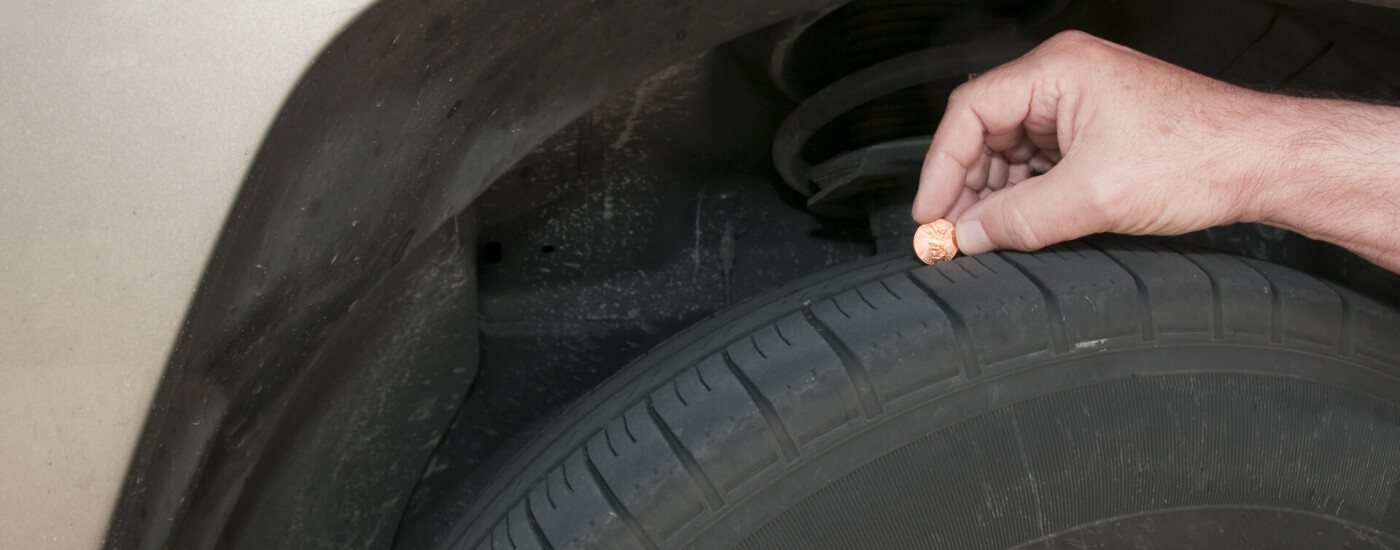 As tires warm up, the pressure increases, leading to a false measurement.
As tires warm up, the pressure increases, leading to a false measurement.
Slippery driving conditions, like rain- or snow-slicked streets, can lead to wheel slip, creating excess heat and quickly wearing out tires. Always adjust your driving style to road conditions. You’ll avoid spinning the tires and prolong their life.
Get Frequent Tire Rotation and AlignmentsTires rarely sit perpendicular to the road. Most manufacturers engineer the suspension system so the tires sit at a slight inward angle. This angle allows the tire and suspension to flex outward as you go around corners, so more of the tire's contact patch touches the road.
This means as you're driving straight, most of the car's weight rides on the inner portion of the tire. Rotating the tires in the manufacturer's specified intervals puts the tire in a different position on the vehicle, slightly changing its angle to prevent uneven tire wear.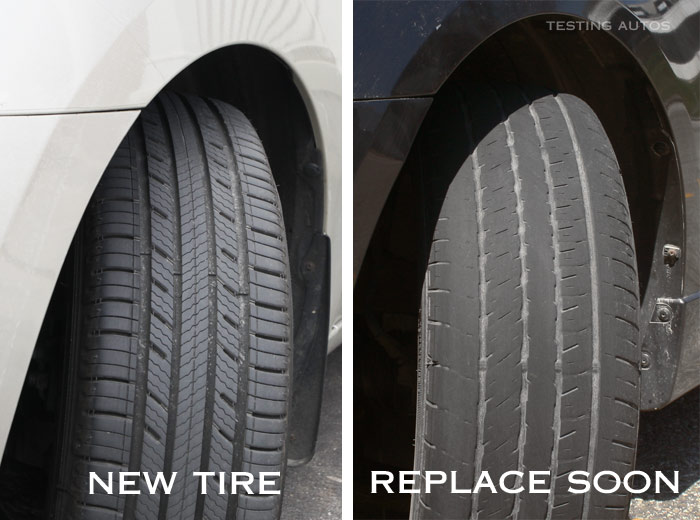
Over time, all the flexing in the suspension and bumps in the road can throw off the angles. When a mechanic performs an alignment, they reset the angles so the tires are in the position the manufacturer recommends, ensuring they wear evenly.
Quality Vehicles With Quality Tires at ClutchTires are far and away one of the most critical parts of automotive safety, so it’s important to maintain them properly. This maintenance goes beyond just rotating them and keeping the pressure within specifications. You must also monitor your tread depth to ensure there is enough to provide you with the traction you need.
Fortunately, there are several ways to measure tire tread, and some require no tools. All you need is good vision and maybe a coin. However, if you want to be 100% certain you’re legal and safe, shelling out $5-$15 for a tread depth gauge will help.
All our preowned vehicles at Clutch have been through a 210-point inspection, including the tires. Any tires with less than 4mm of tread depth are replaced with quality new tires, giving you peace of mind.
Any tires with less than 4mm of tread depth are replaced with quality new tires, giving you peace of mind.
Plus, all vehicles purchased online come with a 10-day money-back guarantee that allows you to return the vehicle for a full refund within 10 days of receiving it. Beyond that, all Clutch vehicles have a 90-day or 6,000-km limited warranty.
Finally, our car-buying experience is 100% online and free from any high-pressure sales tactics of most used car dealerships. Check out our range of available vehicles and shop from the convenience of your home.
In fact, the average life of any tire is 5-7 years, but a lot depends on how the owner treats his car. Aggressive driving, improper seasonal tire storage, unrepaired suspension/balancing problems, incorrect pressure and other errors can significantly shorten tire life. But worn tires can be a serious problem on the road: an increased risk of uncontrolled skidding, hydroplaning, even accidents is the price that drivers and passengers have to pay for using old tires.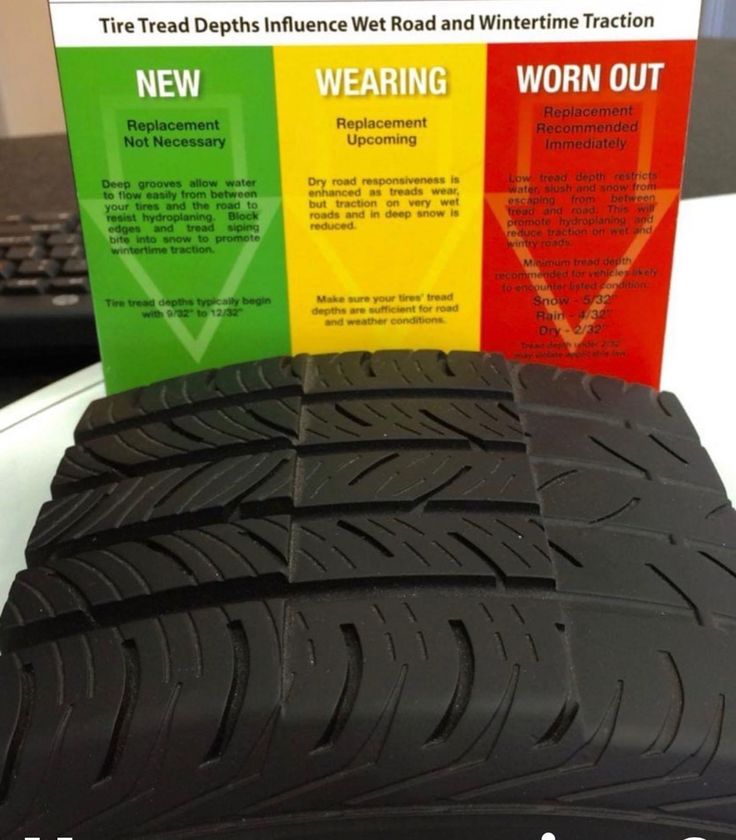
Each manufacturer indicates the so-called wear index on the tire profile, which most often looks like the inscription “Treadwear 100” and means a maximum of 48,000 km on a standard road surface (polygon). In a real environment and often not the most ideal roads, this number actually needs to be divided by 1.5 - we get 36,000 km.
By analogy, if the wear resistance index is 150, then this means “factory” 72 thousand km, 200 - 96 thousand km., and so on.
What are the dangers of worn tires on the road:
adhesion to the roadway deteriorates, which leads to an increased likelihood of skidding, accidents, hydroplaning in case of rainy weather;
reduced cross-country ability in off-road conditions;
increases the risk of a tire puncture while driving.
It is also worth remembering that the issue of tire wear is regulated by traffic rules, and you can get a fine for using “bald” rubber. Knowing what maximum tire wear is acceptable, this is easy to avoid: 1.5-2 mm for summer, and 4-5 mm for winter (a more accurate figure is indicated by the manufacturer).
Knowing what maximum tire wear is acceptable, this is easy to avoid: 1.5-2 mm for summer, and 4-5 mm for winter (a more accurate figure is indicated by the manufacturer).
1. According to the wear indicator on the tire. To find this indicator, you need to inspect the side of the tire and find one of the markings: a triangle, a company logo, a snowflake, or the abbreviation TWI. If the tread has worn down to this indicator, it means that the tire needs to be disposed of urgently.
2. Many people in the old fashioned way prefer to use a 10-kopeck coin. Insert it into the tread with the inscription "10 kopecks" towards you, and if it is visible, the wear level is too high, you need to replace the tire. This method is convenient, but not entirely accurate: by measuring wear in different parts of the tire in this way, it will be difficult to estimate its unevenness by eye, and this is also an extremely important indicator.
3.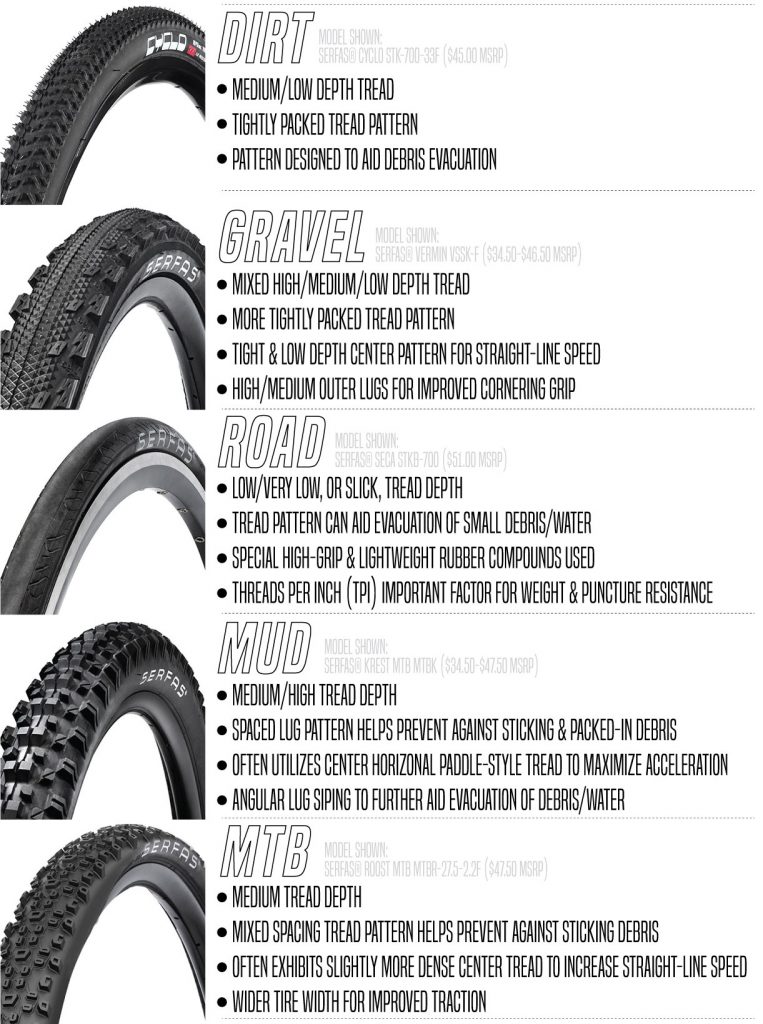 It is optimal to use a special gauge, depth ruler or caliper for these purposes. This will allow you to measure the wear of the tread in different parts of the tire with an accuracy of up to a millimeter and understand if there is uneven wear.
It is optimal to use a special gauge, depth ruler or caliper for these purposes. This will allow you to measure the wear of the tread in different parts of the tire with an accuracy of up to a millimeter and understand if there is uneven wear.
If measurements show different results in different parts of the tread, it is important to determine exactly how your tires wear in order to understand where and what the operating error is.
If the tread wears more on the sides and the center wears off less, this means that the tire pressure is insufficient and the contact patch with the road is not correct. This leads not only to poor vehicle stability, but also to increased fuel consumption.
If the tread is worn down the middle but the sidewalls are fine, then your tires are overinflated. Sometimes this is done intentionally in order to save fuel, but in this case, the tires will still have to be changed ahead of schedule.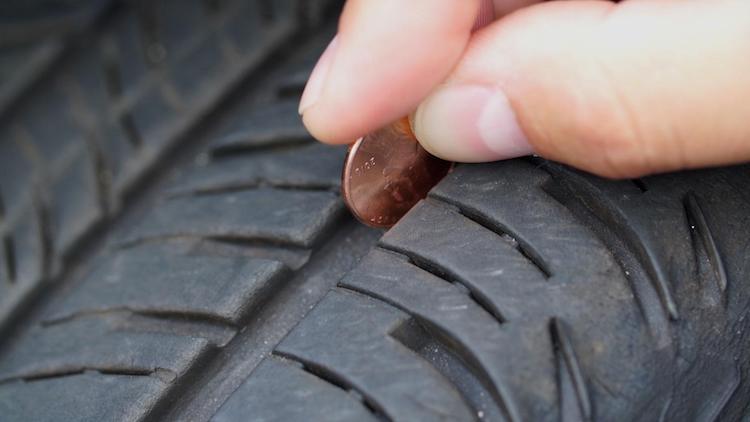
There is also the possibility of increased wear on the inside or outside of the tread - this indicates an incorrect camber. A visual table with wear options and their causes:
Cracks on the sides of tires can indicate frequent off-road driving, improper storage, low-quality rubber or long service life, as well as incorrect tire pressure.
Bulges or "hernias" on the sides of the tires appear as a result of the side part hitting hard obstacles. Tires with such damage are not recommended.
Dents on the tread indicate insufficient depreciation and unadjusted camber. Having found such damage, it is necessary to drive the car to the service and make sure that the suspension is in good condition.
Individual wear spots on the tread indicate aggressive driving / braking, skidding with wheel locks, or prolonged parking of the car in one position.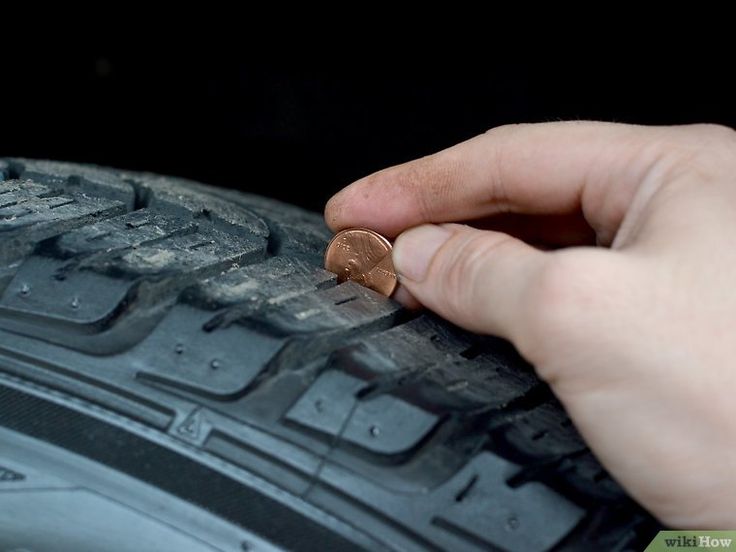
Most often, this is required for the sale and purchase of used tires in order to orient the buyer in the degree of their wear. Many sellers give this figure at random, but this method has nothing to do with the actual assessment of the degree of tire wear. It is also important to understand that a conditional 50% wear for a summer tire is an acceptable value, while 50% wear of a winter tire tread is a sign that the tire cannot be used. Therefore, it is important to know how to accurately determine the percentage of tire wear so as not to get into an unpleasant situation.
Many people divide the actual tread height by the height of the same, but new tire, and get a certain percentage of wear. This would be correct, if not for one BUT: we cannot physically erase the tread to zero, and the law prohibits the use of tires with a tread below the permitted values.
You can calculate actual tire wear by dividing the difference between the new tire height and the actual tire height by the difference between the new tire tread height and the minimum possible tread height for that tire, and then multiplying this number by 100.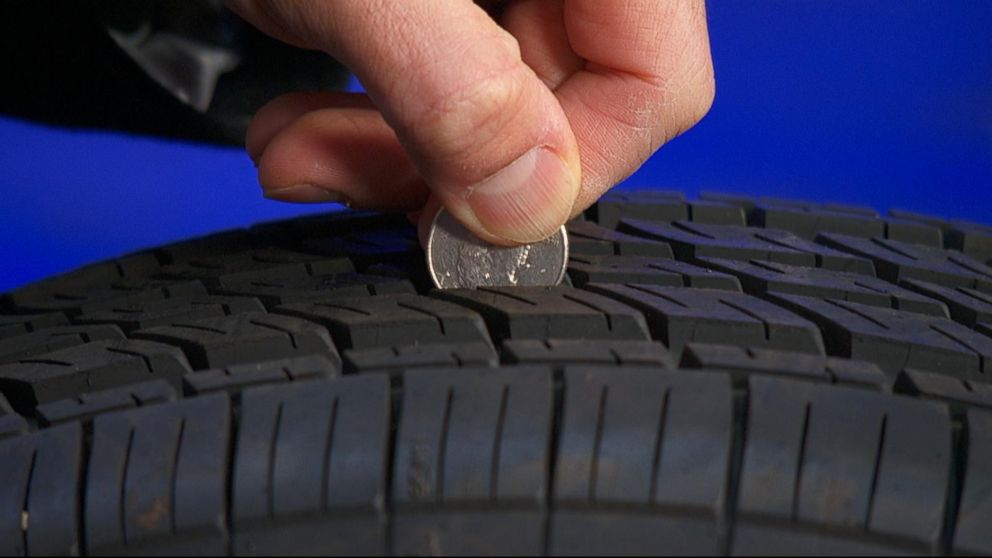
If it is impossible to find out the height of the same, but with a new tire, use the average values of your tire type:
| Tire type | Average tread height at start of use |
| Winter tires with Scandinavian tread | 10 mm |
| Winter with regular or asymmetric tread | 9 mm |
| High-speed winter | 7 mm |
| Summer tires with classic tread | 8 mm |
| Summer speed | 7 mm |
You can check summer tires for wear a little less often than winter tires, since in summer the tread depth is not so important for patency.
If you have assessed the condition of your tires on all of the above factors and realized that the tires are worn out, be sure to replace them with new ones as soon as possible.
View tire catalog
If the tire is damaged? Preferably not... a broken forklift is worth a lot of money! Be sure to replace worn tires before they fail But do you know when to replace a tire?
Worn tires are a safety hazard for your truck and the operator. Worn, damaged or under-inflated tires increase the risk of the lift truck tipping over, especially if the lift truck is carrying heavy loads. Even if certain safety measures are already in place, such as seat belts and a roll cage, worn tires are still the cause of many serious injuries. Worn tires also cause excessive vibration, which can lead to back complaints for the forklift driver.
Forklift tires need to be changed from time to time. It is difficult to establish a specific wear period as it depends greatly on:
Pneumatic tires have a specific tread pattern. Like car tires, you replace them when the tread pattern is no longer visible. Forklifts that are only used indoors don't really need a tread pattern as the floor is usually dry and fairly level. Whenever your loader is used both indoors and outdoors, we advise you to choose profiled tires as they provide better grip on wet and uneven surfaces..
Solid tires are often replaced prematurely. The depth of the profile is not a good indicator for the remaining life of the tire. Even if the profile is completely gone, you can still continue to use the tire. How? Use a tire cutter to cut a new profile into the tire tread.
How do you know if a solid tire needs to be replaced?
Intact solid tires can be worn down to the 60-J line. The 60-J line, also known as the safety line, is marked on the sidewall of the tire. This line indicates the transition between the wear surface and the softer base of the tire. The safety line often lies several centimeters deeper than the beginning of the tread pattern.